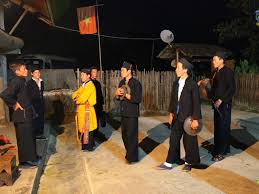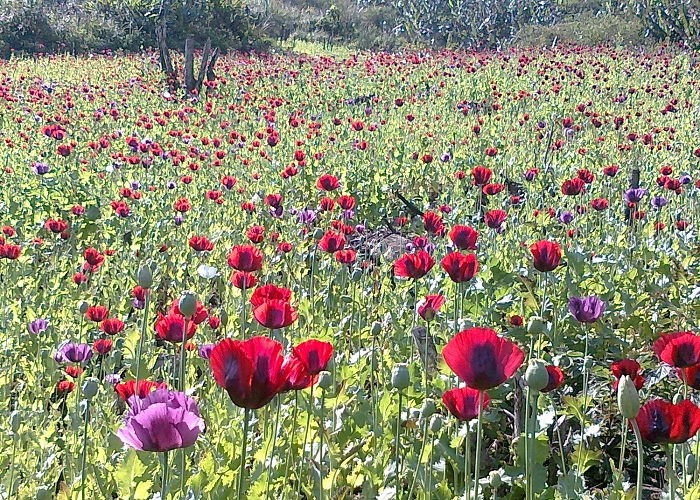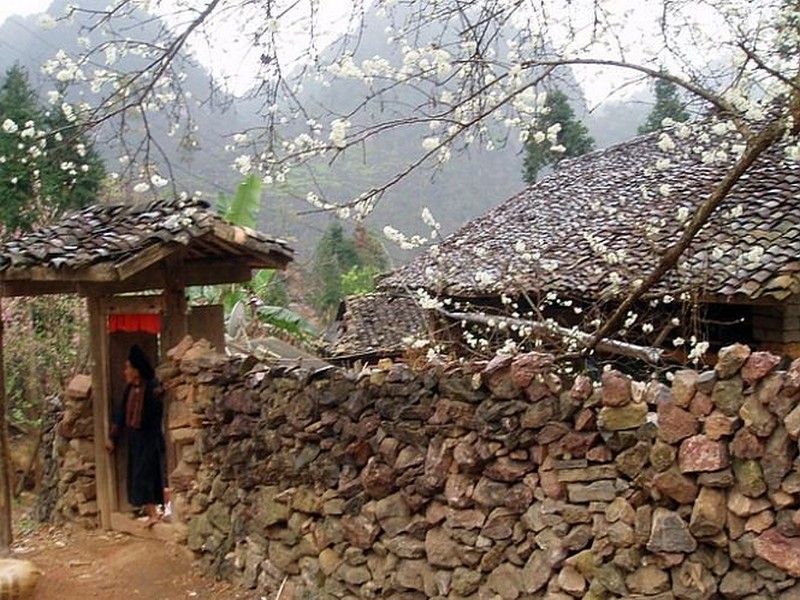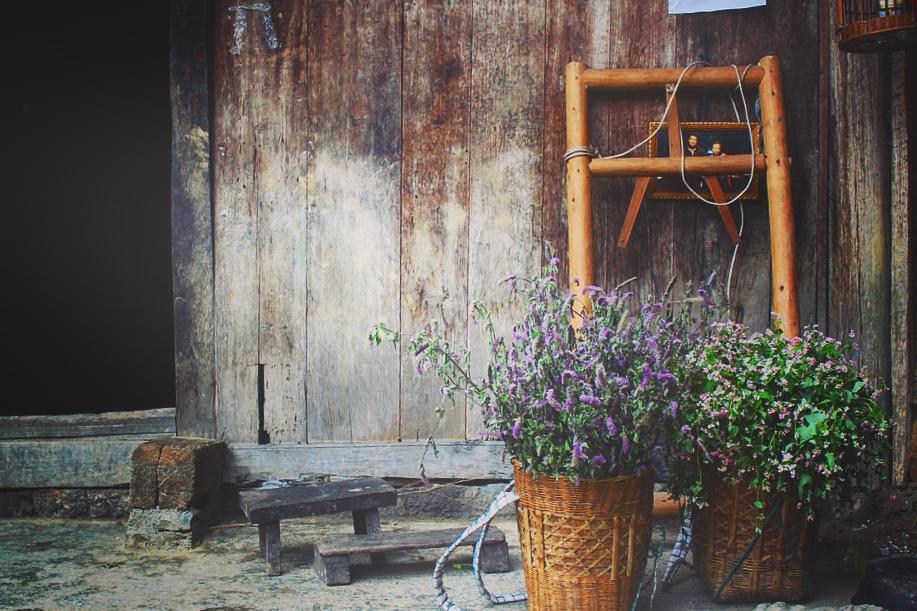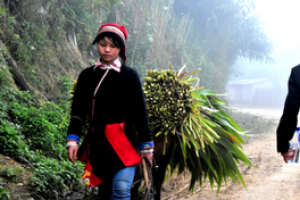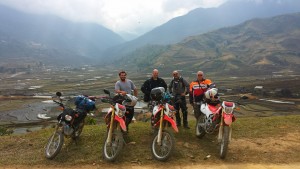Considered to be the most important of the traditional dances, the dance performed as part of the Cap Sac (coming-of-age) ceremony is richly layered.
The ceremonial costumes are brightly coloured and the Dzao’s Chinese ancestry evident not only in the vibrant greens, reds and yellows, but in the gowns’ richly embroidered patterns.
The standard instruments used to accompany the dancers are the gong, cymbals and drum and two female singers are required for the traditional song.
The song, rich in metaphorical meaning, speaks to the coming of a new season, the season filled with new life and parallels the young boy shedding his immaturity and being re-born as an adult ready to take his place amongst the adults in the community:
The good day and good month is coming
Make loud gong music and drums so that the heavens can hear
Beat the drum louder like thunder
Like the heavenly god calling the gods of north, south, east and west
And all the angels and spirits listen and follow the music
The bee, the butterfly, the ant, the cicada all open their eyes
And follow the angels and the spirits that come with the spring
The grass and the trees are waiting for the rain
Today is very, very good day because the rains are coming
It makes the grass and the tree leaves green
And the blooming flowers are so beautiful
Thanks to the heavens for the rains
So the grass and the trees have a very good blooming season and a sweet fruit season
The dance itself echoes the traditional manhood dances of cultures worldwide. As they will be seeking to connect with the gods, prior to performing, the dancers isolate themselves for prayer. There are three main parts to the dance, each associated with either heaven (Thuong), middle (Trung) or below (Ha). For each part, the dancers will perform a series of steps three times, gathering more and more spirit power (SucManh) with each repetition. The dancers work together, invoking the spirits to recognize and accept the boy as strong and ready enough to become a man. They ask the gods to give them the powers needed to pass on to the young man to successfully bring him fully into adulthood.
The final round of dancing is at the ‘Ha’ or ‘below’ level and it is here that one of the dancers symbolically fights with the newly initiated adult, giving him all the strength and power gathered from the other two levels of dancing. This is an important transfer, for it is one that will not only help protect the young man, but will help him fulfill his duty as a protector of the tribe.



